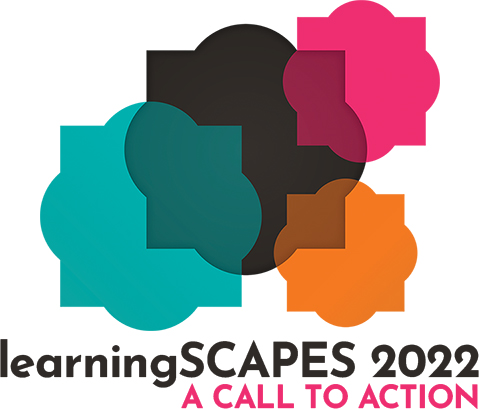 | 1 LU |
 | 1 LU |
Fremont HS was failing in many ways. It had been through successive waves of re-configuration and programs, but had lost its identity and connection to the community along with many of the students. To change this Oakland USD began an ambitious project of re-inventing this underserved school by re-designing the facilities and the programs to create a community school that provides dynamic next generation education and community resources. The school faced a number of difficult challenges including crumbling historic facades, a small, constrained site including an 84 yard football field, limited budget and a high level of student and community need. Through a 10 year planning, design and construction process the design, education and community engagement teams worked closely together to balance community expectations, sustainability goals, project budgets, political realities, educational needs and physical constraints to make difficult decisions and build a successful school. This included programs and facilities for Career Technical Education Academies, new athletic facilities and a community health clinic. The result has been a revitalized Fremont HS with community facilities, improved academic outcomes, growing enrollment and renewed sense of identity for the school and neighborhood. The path to re-inventing Fremont HS was neither straight nor smooth and required the commitment and hard work of many people and close collaboration between the teachers, designers and community to make it a reality. In this session Alumni, Vice-Principal and superhero Nidya Bayez and Architects Aaron Jobson and Joel Williams will share the trials, pitfalls and successes of this rewarding project and will provide key lessons that can be applied to any project looking to make a difference in a community.
Learning Objectives:

Aaron, one of QKA’s five principals, comes from a family of educators and has a passion for creating dynamic, sustainable learning environments. For the past 20 years he has helped schools across Northern California design and build learning environments that improve their communities. Jobson’s work, passion and advocacy has garnered his reputation as a thought leader on how school facility design directly impacts academic success and high performance, sustainable learning environments.

Nidya is a proud graduate of Fremont High School and has dedicated the past 20 years to youth development projects. She returned to teach in Oakland and currently serves at her alma mater as Principal and co-teaches the Civic Engagement course. She believes that partnering with youth to have a rigorous hands-on academic experience will lead to the elimination of violence in Oakland.

Joel brings 15 years of architecture experience ranging in scale from small classroom renovations to university master plans, with over a decade specializing in public and private school projects. By combining thoughtful integration of recycled and renewable resource strategies with crafted structural solutions he believes it is possible to create high-performance, sustainable architecture that maximizes opportunities in both interior and exterior learning space.
The built and natural environments have profound impacts on our behaviors both for better and worse. How do we cultivate a sense of place for better? How might the built and natural environments be made to enhance teaching and learning? How might school buildings and grounds foster a sense of community by reflecting those they serve?
Primary Core Competency
Ethics/Professionalism: Provides leadership and stewardship for the responsible investment of public and private funding into school facilities – while being a known advocate for the importance of the learning environment on a child’s future. They lead and have a record of leading transparent processes that help communities find common ground in developing solutions to complex and sensitive issues – advocating for long term solutions that address the needs of all children and stakeholders including underserved groups.